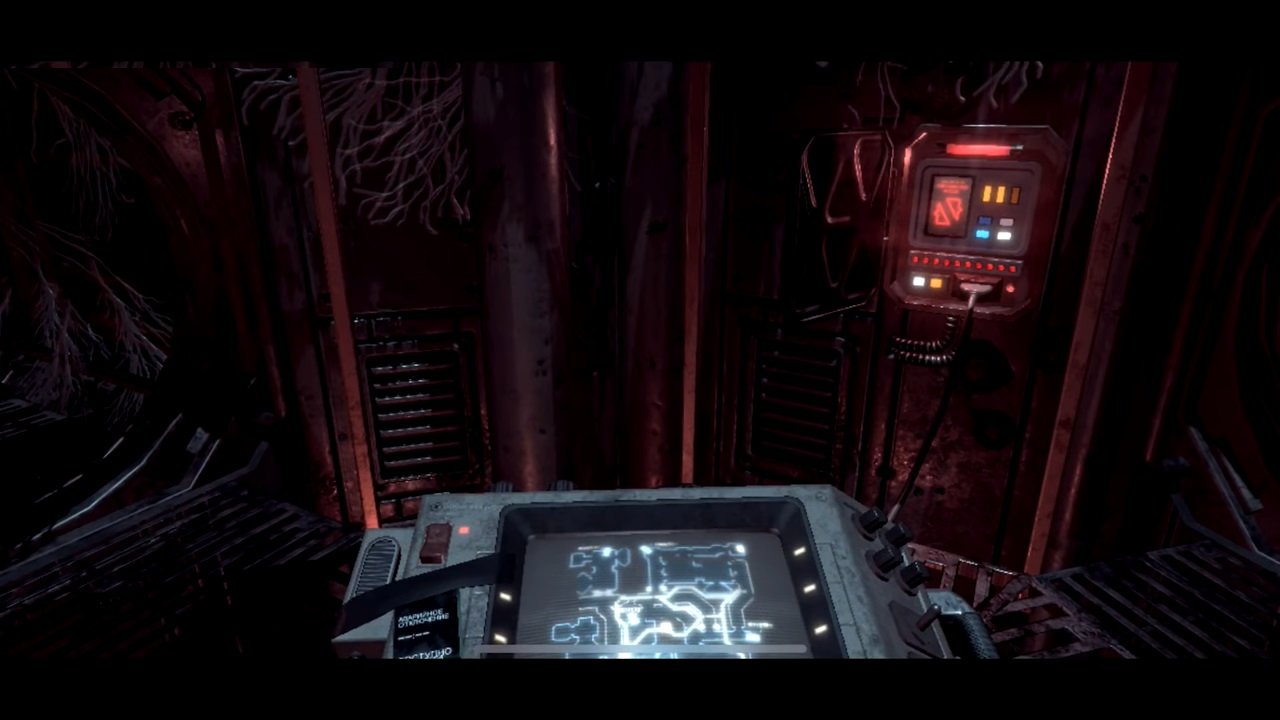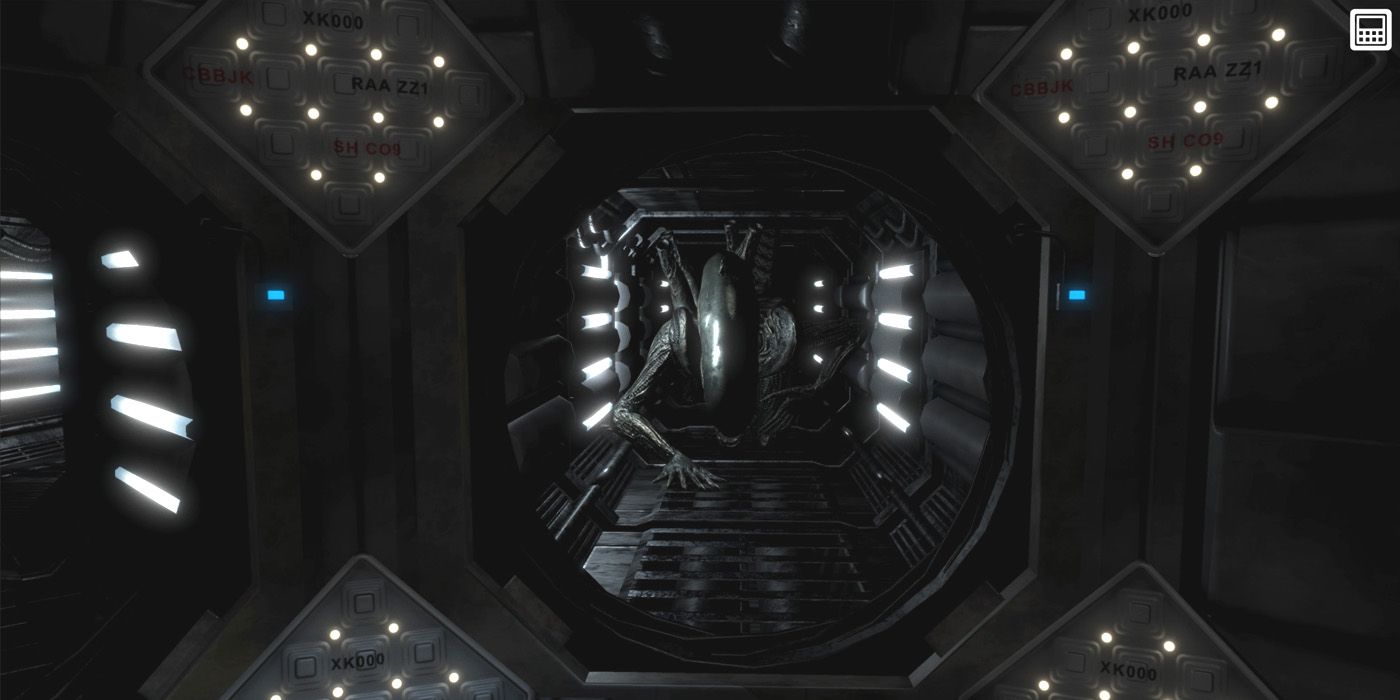

Clocking in at around forty-five minutes, the main incentivize is to replay the story and experience different endings, including with everyone surviving at the end. What’s a relief is that exploring Alien: Blackout to the fullest doesn’t require substantial time investment once you get the hang of it’s controls. You have to make do with extremely limited resources and feedback, sometimes going off of the survivor’s reactions as the mission proceeds. Worse still, your battery is on an eight minute timer, and you can’t fully control the systems of any branch of the station. Crammed inside an airduct, you have to guide your new friends via security displays and limited security cameras.


Unlike Isolation, Alien: Blackout relies on abstraction to bring the horror to life. You see, Alien: Blackout isn’t here to play around – it’s a true Alien simulator.
ALIEN BLACKOUT PLAY FULL
Each of your allies has a full story arc and presents an asset to your escape, but they can also be snuffed out just as easily. Instead, she has to rely upon the four new arrivals answering a distress beacon. She’s stuck aboard a Weyland Yutani research station overrun by xenomorphs, and unable to act on her own. Instead of a direct continuation of Alien: Isolation, it presents itself as a mobile spinoff covering one step on Amanda Ripley’s journey home. Alien: Blackout was a controversial game when announced.


 0 kommentar(er)
0 kommentar(er)
